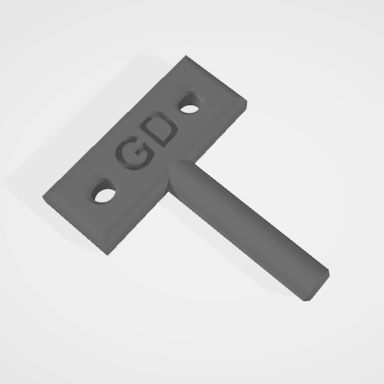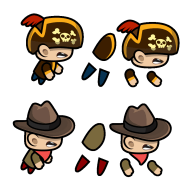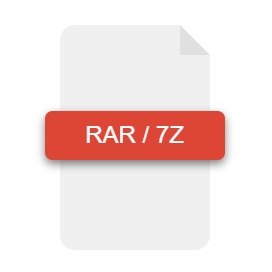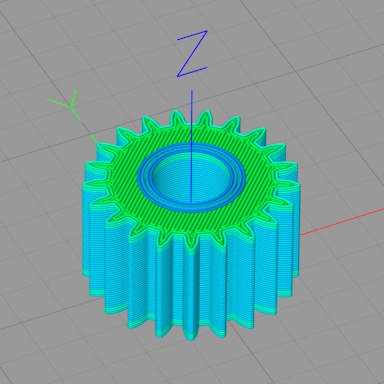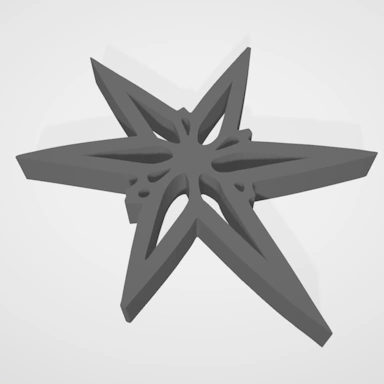| Extension | HEIC |
| Full Name | High Efficiency Image File Format |
| Type | Image |
| Mime Type | image/heic |
| Format | Binary |
| Opens With | Paint.Net, Photoshop |
HEIC files are a highly compressed bitmap image file format created specifically to offer greater compression ratios than other formats, such as JPEG, while maintaining image quality. The HEIC format is a standard format created by the MPEG group and has gained support from some major players in the industry, including Apple.
Within an HEIC file, the image data is compressed using advanced compression algorithms that try to maintain image quality while drastically reducing the amount of storage space required. Image data can be stored in either lossy or non-lossy formats, with the lossy format offering the best compression ratio.
With HEIC files being used by Apple in their range of smart phones and tablets, HEIC has become widely adopted and is supported by many image and photo editing software. For applications that do not support HEIC yet, we have an array of HEIC converters that can convert to and from many other image formats.
The STL, or Standard Triangle Language, file format has been around since the '80s and is supported by most modern 3D modeling applications. In particular, the STL format has become something of a standard format within the area of 3D printing, despite the rise of more modern formats such as 3MF.
STL files come in two flavors: binary or text format. The text format is human-readable, making it easy to perform manual edits, but can lead to very large file sizes. As you can imagine, the binary format is much more compact and represents the majority of the STL files you are likely to encounter.
The format itself is very simple; the 3D model is represented by a sequential list of triangles, with each triangle defined with 3 points consisting of their X, Y, and Z positions, along with an additional vector that contains the face normal (the direction the face is pointing). There is an additional attribute block for each triangle; however, this is largely unused and thus unsupported.




